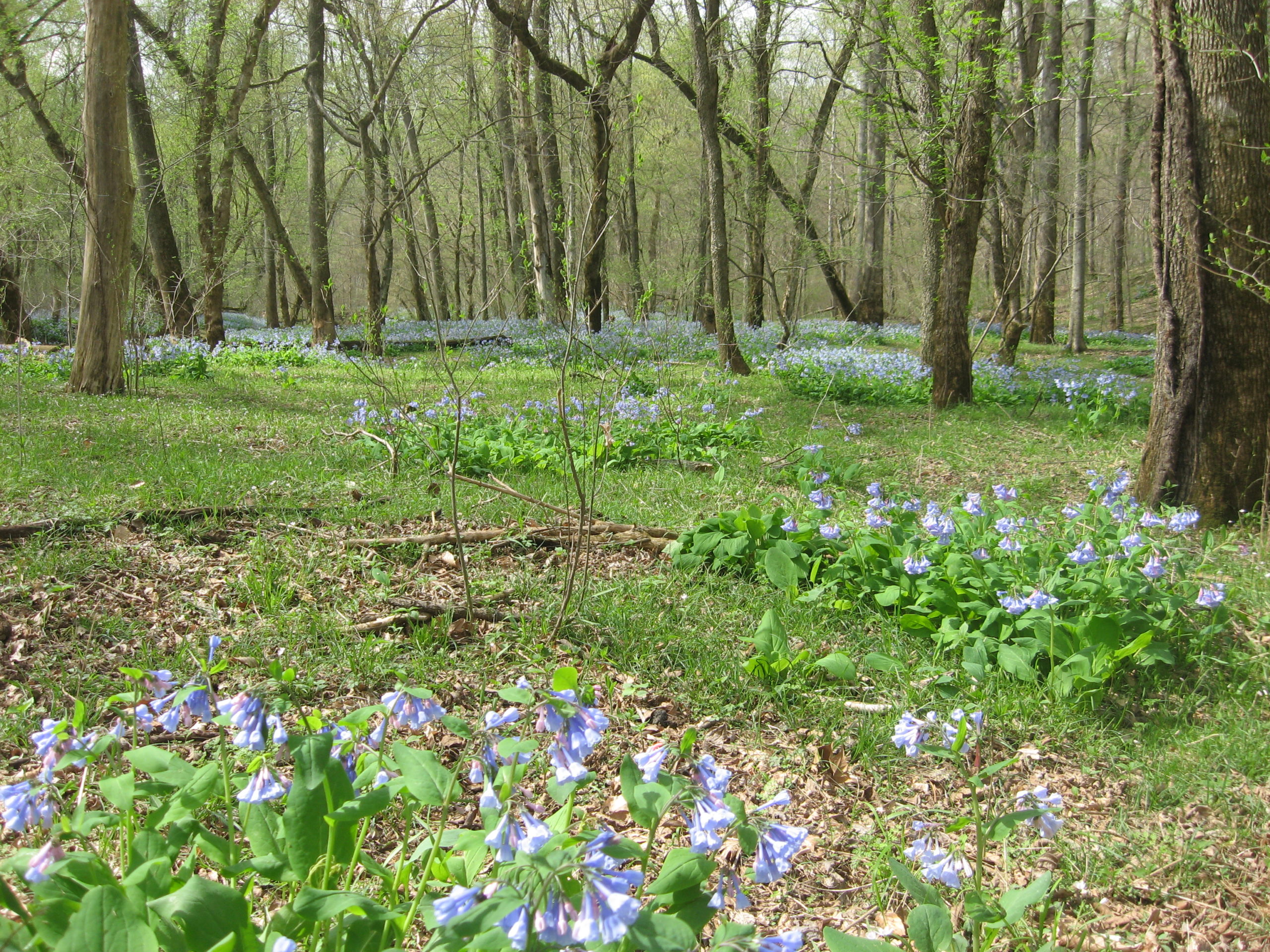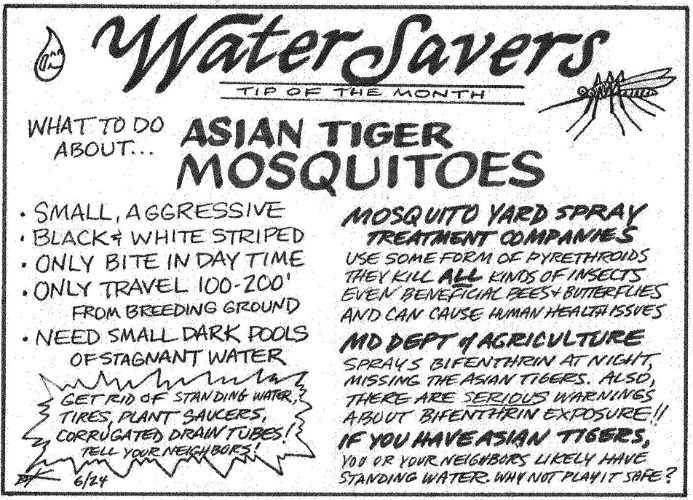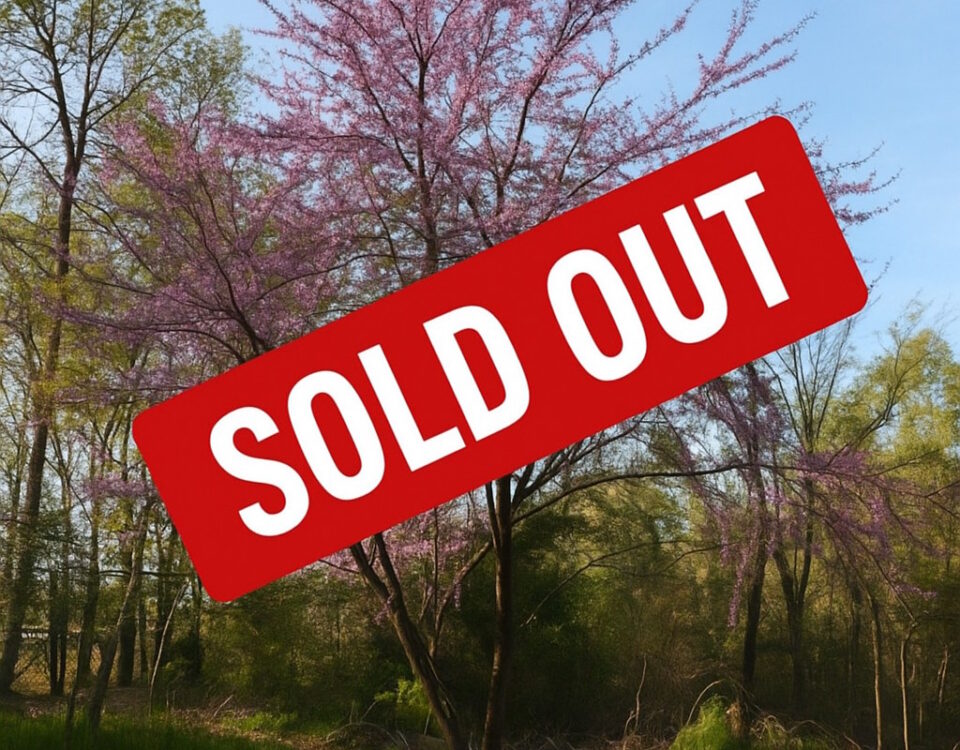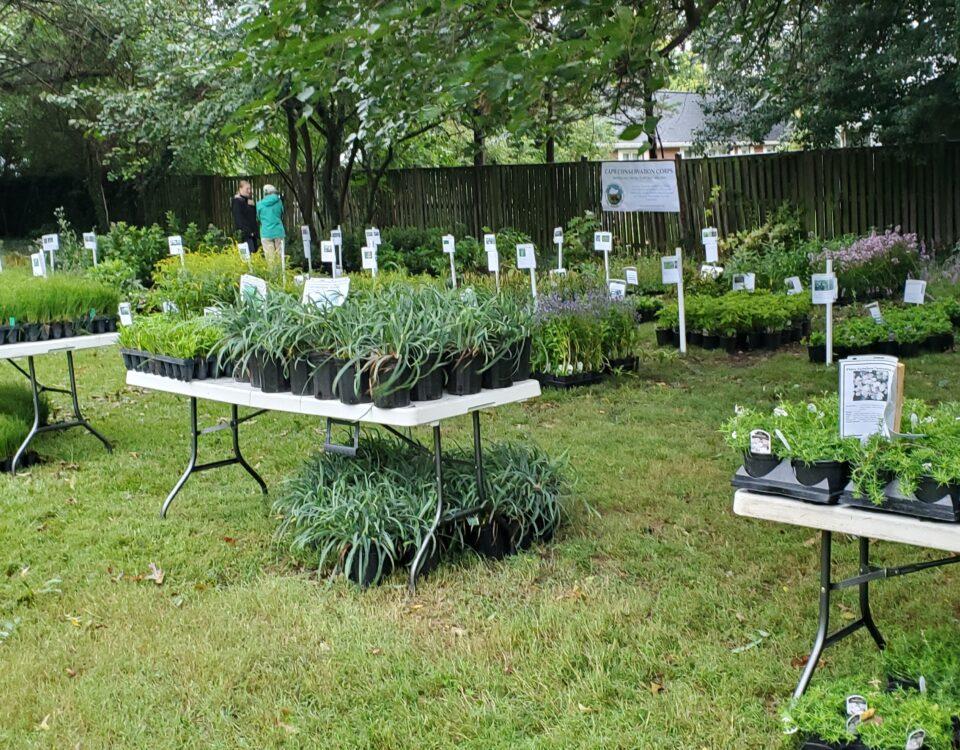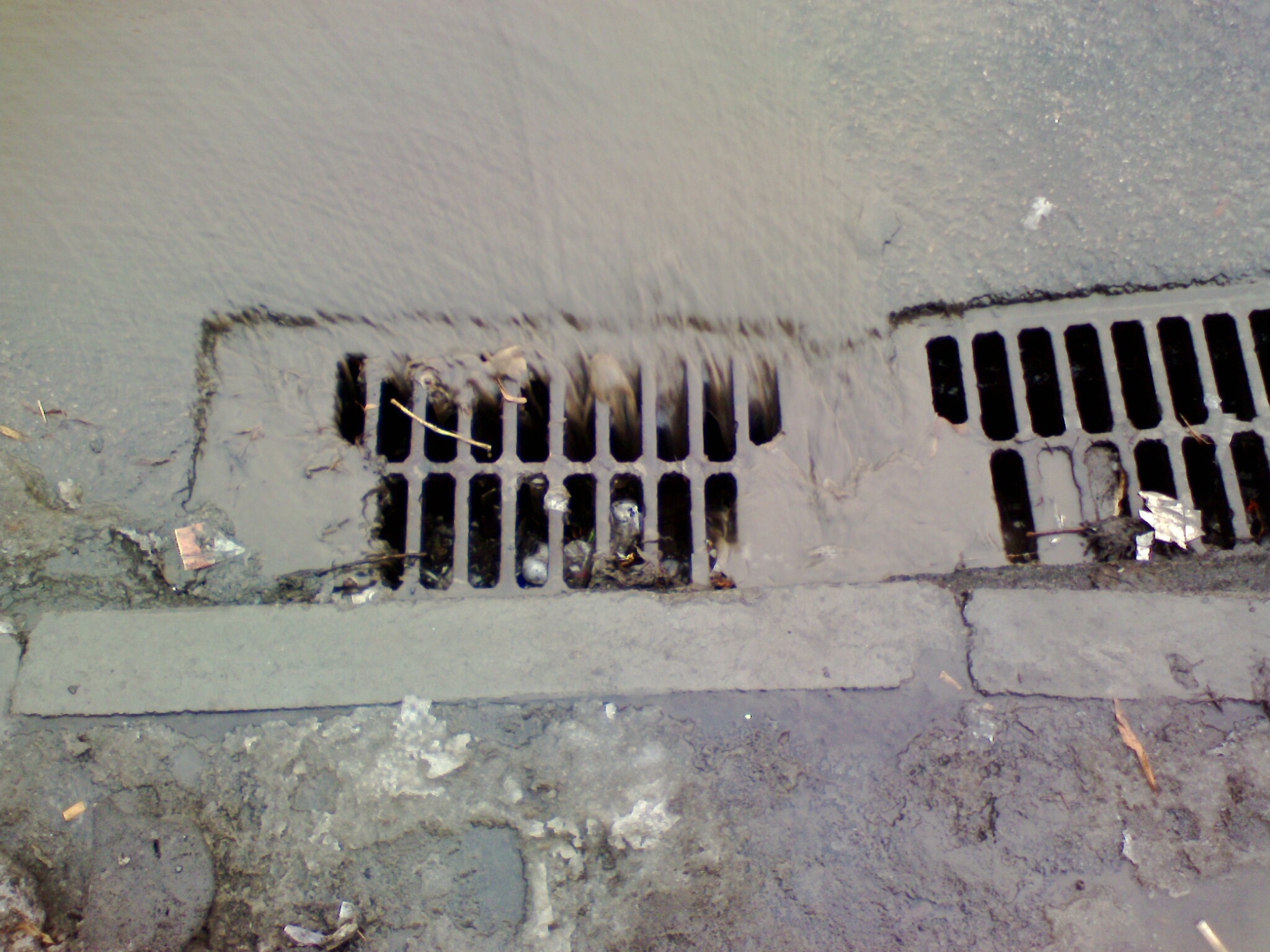
Stormwater Runoff Control and Solutions
February 7, 2022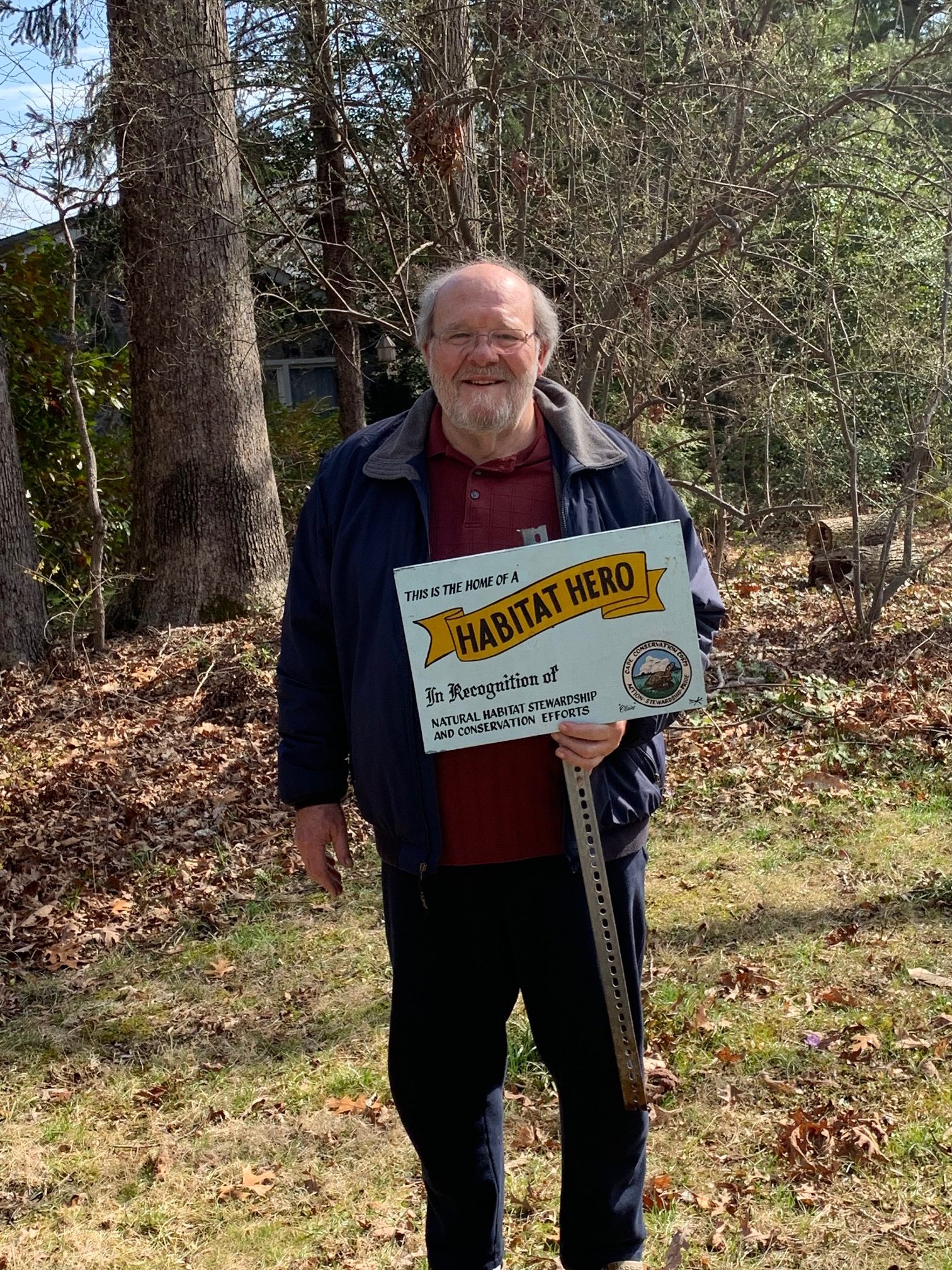
Habitat Hero – March 2022
March 20, 2022By: Stacey Wildberger
Spring has arrived and we are eagerly looking around the garden to see what is bursting forth from the ground. A time of re-birth, growth, hope. We are emerging from the winter, hopefully putting the worst of the pandemic behind us. The insects are starting to come out from their overwintering nests, the birds are scoping out their nesting spots and will soon be searching for soft bodied caterpillars to rear their young on. Hopefully you left up the stems for the insects (and continue to leave 12-18’ up even now- the new growth will come up and hide it!) and left the leaves for the insects as well. Maybe you were treated to a flicker nosing around those leaves looking for dinner. The early “weeds” are making their appearance. People are championing the dandelion as an early pollinate plant, imploring us to leave it. And you should. No need to add poison to your yard but there are many beautiful native early blooming plants that we should add to your yard now to enrich and enhance the ecosystem, to create biodiversity.
Spring ephemerals are any number of early spring wildflowers that flower and fruit early then die off within two months. They are early spring beauties as well as nutritious pollen and nectar for our early emerging insects. The dandelion has marginal nutritional and pollinator value for some of the generalist bees and insects, but do nothing for the many specialist bees and insects.
A few examples of these early pollinator supports include:
Mertensia virginica Virginia blue bells- just 1-2’ in height with small pink buds turning blue or purple, these early bloomers are a sure sign that spring is in the air. Butterflies do most of the pollinating of these beauties. They bloom in clusters and will spread to colonize an area. By mid-summer the foliage dies back and the plant goes dormant.
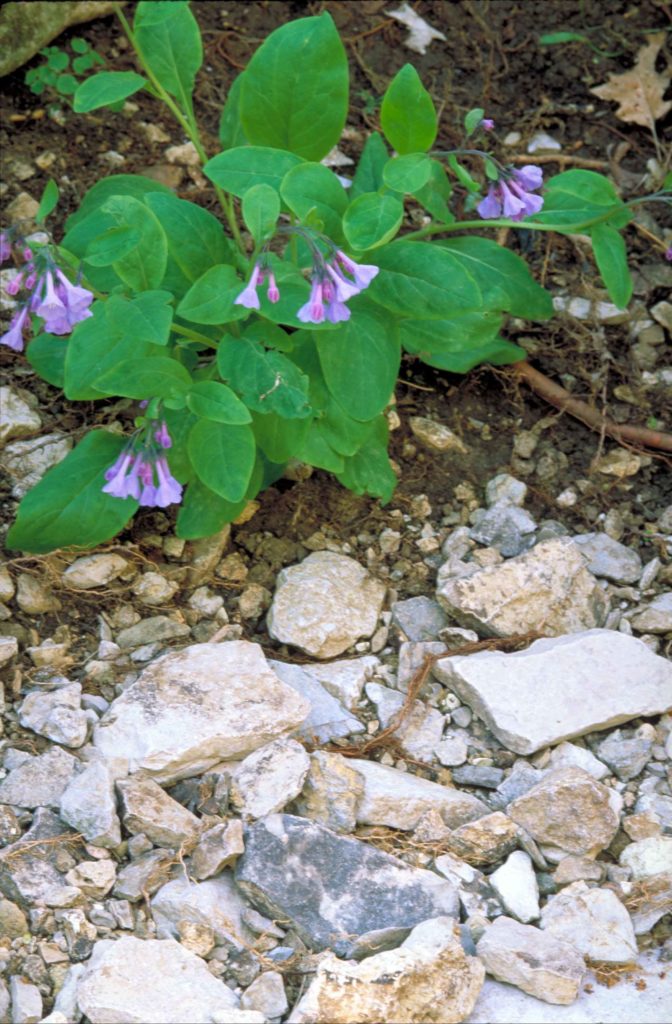
Dicentra cucullaria Dutchman’s breeches the early emerging bumblebees are one of the first pollinators to find this woodland ephemerals species. The soft fern-like leaves are a beautiful foliage for the early spring garden! The bloom hangs down looking like a pair of breeches hanging on the line to dry.
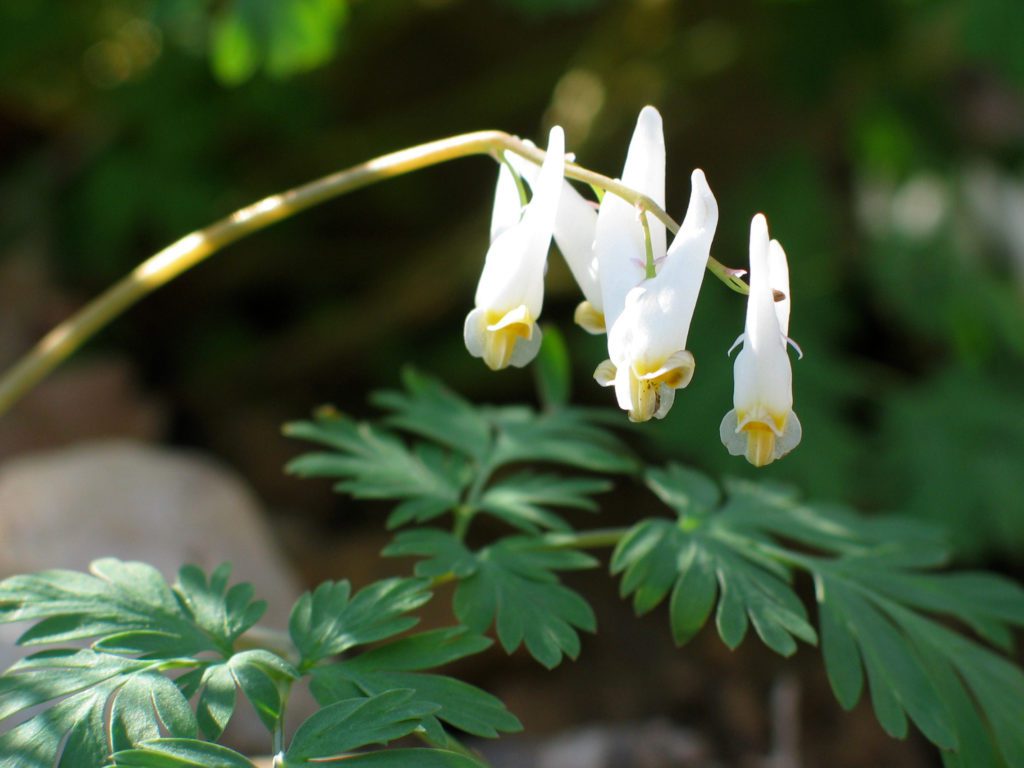
Uvularia grandiflora Large-flowered bellwort is another beautiful early bloomer that I added to my own garden last spring. Fingers crossed they come back as the hanging yellow bloom is a delight little demure, almost shy-like, addition to the garden. It is visited by early bumblebees, mason bees and Halictid bees. The ants are responsible for dispersing the seeds.
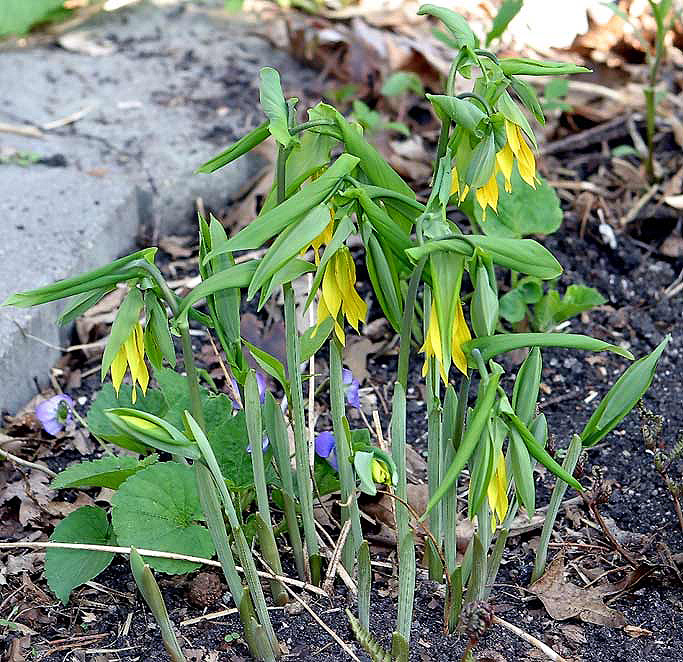
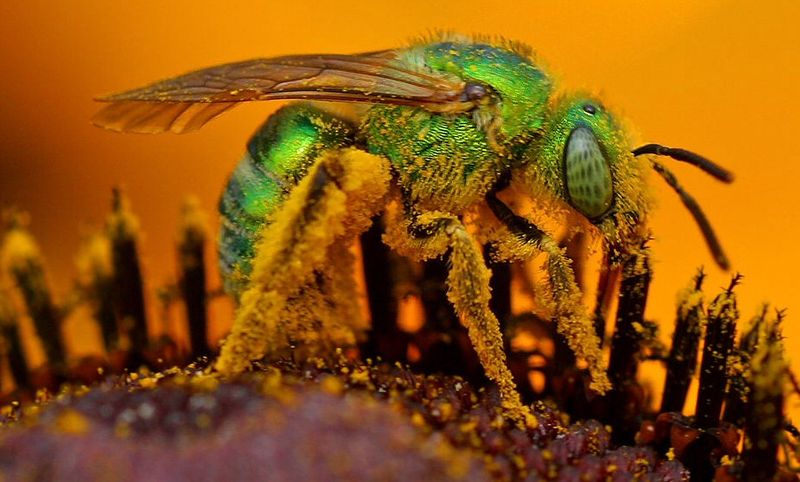
Viola violets often appear uninvited and are most often described as a weed when they actually have a great deal of wildlife value. A host plant to fritillary butterflies, these free native plants can make a beautiful edging or border to a garden bed. The pale purple to dark purple blooms add early color. They are easily dug up and moved to another area of the yard if you don’t like where they planted themselves.
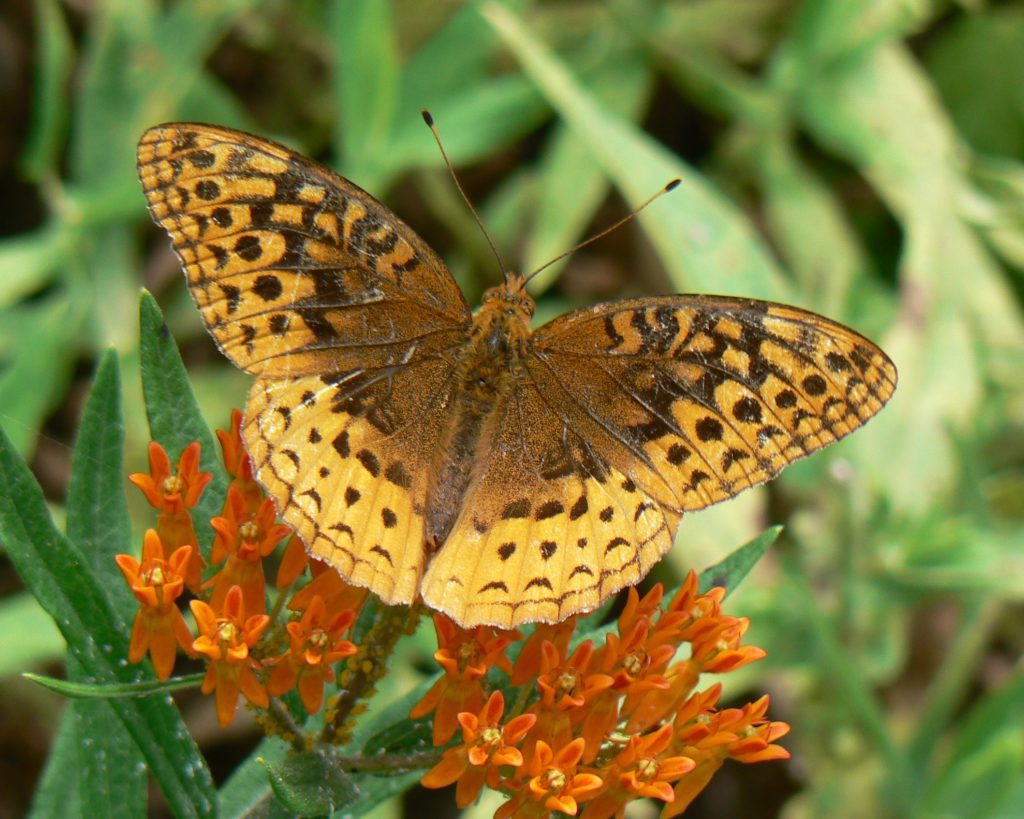
Trees are often overlooked as a source of pollen and nectar but there are several you should consider adding, if you have room, as an early pollinator attractor- Salix spp. Native willows, Acer rubrum Red maple, Sambucus recemosa Red Elderberry, Viburnum, Cornus spp. native dogwoods, Amelanchier spp. Serviceberry and Prunus spp. cherry trees. All of these are not only pollinator-friendly but many host large numbers of caterpillars species that those nesting birds will need to raise their babies—remember Doug Tallamy tells us is takes 7000-9000 caterpillars to raise a clutch of chickadees!
While we should continue to let the European dandelions exist in our lawns try to add some native early blooming ephemerals as well for the diversity and well-being of the ecosystem.


